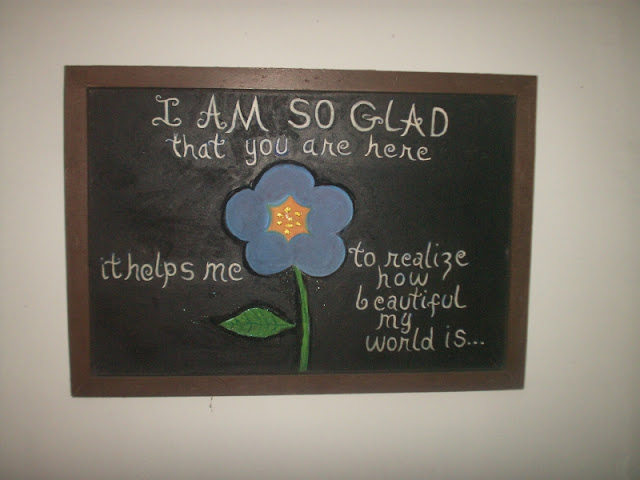
The road to Kiserian town from Champagne Ridge in the Rift Valley
When you live abroad, you are, with certain key exceptions, surrounded by people with a similar zest for seeing things differently. This is particularly true for places that are either particularly off the beaten path or destinations for people whose interests reflect your own. Burma a couple of years ago fell into the former category, while Kenya this past year would be the latter.
People ask me all the time what I think of Nairobi. I tell them that I actually don’t really like Nairobi as a city. It is crowded and polluted and major infrastructure problems – terrible roads, horrible drainage – that make the traffic very, very bad. For a good month during the rainy season my commute home from work was 2.5 hours – and that is one way. The government is incredibly corrupt, so things don’t work because the money meant to fix them goes into the pockets of the politicians. As a foreigner, you are often getting ripped off and scammed for this and that. And, as a beach person, being seven hours from the nearest respectable body of water (Lake Victoria to the west, the Indian Ocean to the east) was a bit difficult. Of course, these are incredibly shallow complaints, since Nairobi has everything you could ever want. And it has many comforts that other cities, like Accra, don’t have. But most non-Nairobi-ites (and maybe quite a few Kenyans who live there) tell you that, if they had to live in one place for the rest of their lives, Nairobi probably would not be it.

A morning coffee at the Rangi Saba house, an hour outside Nairobi
That said, the people I met in Nairobi – Kenyan and expat – are among the most interesting I have come across in my three years on the road. Everyone is at the top of their game, and completely into what they are doing. For international development work, it is a mecca attracting the brightest minds from around the world. All of the most interesting and game-changing social enterprises – Bridge International Academies, Sanergy, One Acre Fund, and Mobius Motors, to name a few – are there. Some particularly innovative microfinance institutions, like Juhudi Kilimo, which does asset lending in the form of a pregnant dairy cow, are based in Nairobi. Technology and ICT companies have set up shop to take advantage of the burgeoning mobile and smart-phone penetration and places like the iHub. Journalists flock to Nairobi to make a name for themselves covering some of the worst places in the world, like Somalia and the DRC, which happen to be right next door. All of the impact investors – Acumen Fund, Grassroots Business Fund, and others – are here. International organizations, like the IFC, the UN, and all of the major international development organizations (IRC, CARE, etc.) are based in Kenya. Everyone is there.
The fact that Nairobi is a hub for East and Central Africa creates opportunities, and opportunities attract people. And those people are almost always interesting people. And, usually, when they aren’t interesting people, at least the work that they do is fascinating. That fact that you moved to Nairobi puts you in a self-selecting coterie of people who took a risk in moving to someplace new and foreign. The people tend to have great stories and perspectives from their work and travels. But if not, then at least they are working doing cool work in a field that you most likely know little about. Conversations at parties in Nairobi are more likely to be about maternal health in rural areas or covering instability in the Kivu province of the Congo than about the weather.

A weekend trip to Diani Beach on the Indian Ocean.
Not only do you meet really interesting people who are involved in cool work, but you also meet some real superstars in a place like Nairobi. People who have started companies and are subject-matter experts in everything from mobile money to ICT in agriculture to microfinance to whatever else. I met more TED Fellows in Nairobi than I had in my entire life. They are all here, and chances are, you will meet them around if you stay long enough.
In short, I had a love-hate relationship with Nairobi. I think it is simultaneously mundane and exciting. You become frustrated when you get ripped off on the matatu, and elated when you get to your destination overlooking the Rift Valley or Naivasha. Outside the city, it is stunningly beautiful. But the people are what make Nairobi worth the trip.
Develop Economies’ Music Recommendation



























 For the first time today, I gave some cash to two very cool causes through organizations that allow start-ups and projects to crowdsource funding from a lot of different people.
For the first time today, I gave some cash to two very cool causes through organizations that allow start-ups and projects to crowdsource funding from a lot of different people.
.jpg)










